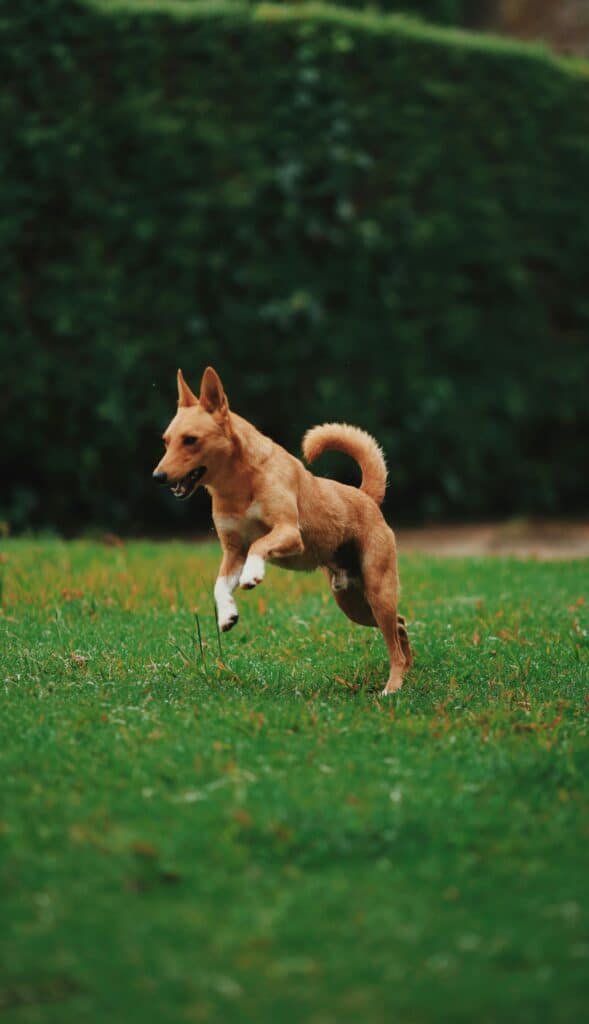Dogs have been our companions for thousands of years, yet their behaviors continue to fascinate and sometimes perplex us. One of the most iconic and seemingly universal behaviors exhibited by dogs is tail wagging. But what exactly is this behavior communicating? While it’s easy to assume that tail wagging simply means a dog is happy, the science behind it is much more nuanced and complex. Understanding these subtleties can help foster a deeper connection and improve communication between humans and their canine companions.
Anatomy of the Wag

The tail of a dog is an extension of the spine and is comprised of a number of small bones called vertebrae. Muscles, ligaments, and nerves allow for a wide range of movement and flexibility. This anatomical design facilitates not just the simple act of wagging, but a variety of tail movements. Just as humans use their entire body to communicate, so do dogs employ their tails—often conveying messages more intricate than a mere wag might suggest.
Communication Through Movement

For decades, tail wagging has been studied as a form of canine communication. Dogs use their tails to express a wide array of emotions and social cues to other dogs and to humans. A study published in the journal “Current Biology” revealed that tail movements are not random. The direction, speed, and height of the wag can convey different meanings. Typically, a tail wagging to the right has been associated with positive emotions, while a wag to the left may signal anxiety or stress.
It’s All About Context

While the specifics of tail wagging differ across individual dogs, breed types, and situations, understanding context is crucial to interpreting the messages accurately. Rapid wagging might suggest excitement or happiness, especially if the dog’s entire body is involved, such as during playtime or when greeting a beloved human. Conversely, a slow wag, often accompanied by a lowered tail, can signal uncertainty or caution, and owners should be attentive to other body language signals in such cases.
Wagging and Social Structure

Within the canine social hierarchy, tail wagging also serves as an important signal of submission or dominance. For instance, a submissive dog may wag its tail low and with hesitation, signaling appeasement towards a more dominant dog. In contrast, a dog holding its tail high and wagging steadily might be asserting its own dominance or confidence in a particular situation.
Breed and Personality Influences

It’s important to note that not all dogs will wag their tails in the same way. Different breeds have distinctive tail types, affecting how they wag. For example, breeds with naturally curled tails, such as Pugs or Akitas, may exhibit wagging differently from breeds with straight tails, like Labrador Retrievers. Moreover, individual personality traits play a role; more social or energetic dogs might wag their tails more frequently and vigorously than more reserved or cautious dogs.
Conclusion: A Tail of Understanding

Understanding why dogs wag their tails requires consideration of various factors, including anatomy, behavior, and context. While a wagging tail is often taken as a sign of a happy dog, it is crucial to observe the whole picture, including body posture, facial expressions, and the environment in which the tail wagging occurs. This holistic view ensures that we understand and meet our canine companions’ needs more effectively, enriching the bond we share with them. Next time you see a dog’s tail in motion, take a moment to consider what it might truly be trying to say. After all, every wag tells a story.
- The Wild Mustangs of Nevada Are a Living Piece of American History - August 17, 2025
- The Most Unusual Places in America That Have Seen Snowfall - August 16, 2025
- The Most Devastating Tsunami to Ever Strike the US West Coast - August 16, 2025

